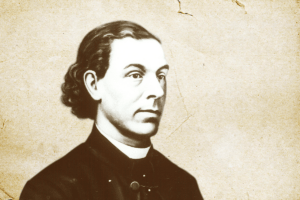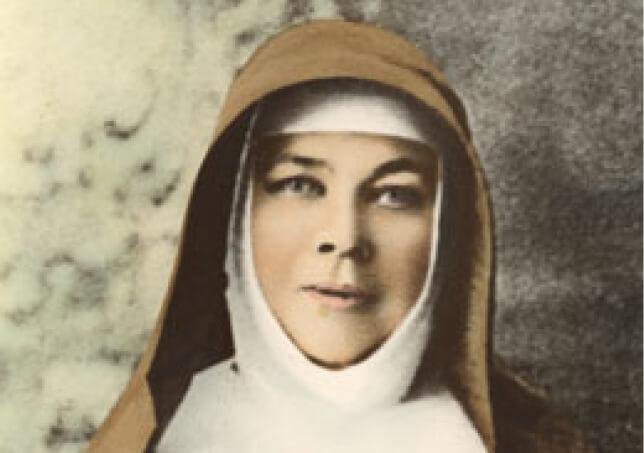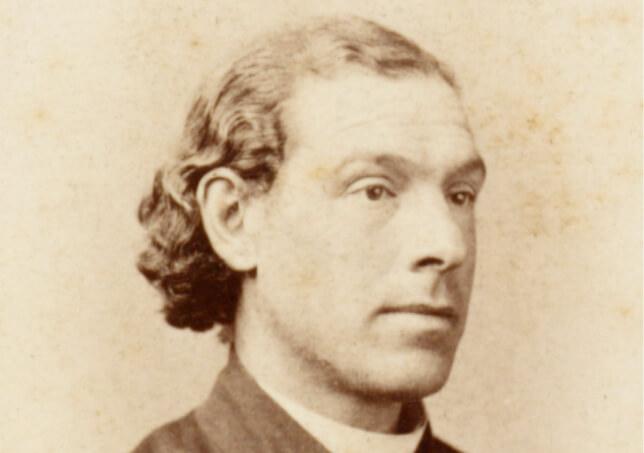
Julian Edmund Tenison Woods, co-founder of the Sisters of Saint Joseph, is born at West Square in Southwark, England to James Dominick Woods and Henrietta St Eloy Tenison.
The congregation of the Sisters of Saint Joseph was founded by Saint Mary MacKillop and Father Julian Tenison Woods in 1866. Its founding members were women who worked in a simple, ordinary way to bring communities a message of human dignity and Christ’s saving love.
Today, the Mary MacKillop Spirituality Ministry continues that founding mission. With Centres across Australia, we offer opportunities for everybody to experience spiritual enrichment and personal development in peaceful, spacious settings.
These Centres offer a complementary combination of functions including spirituality programs and reflective spaces, heritage centres and museums, conference and private accommodation facilities in response to emerging contemporary needs such as spiritual nourishment and ecological considerations, and in alignment with our purpose, mission, vision and values.

Inspired by the Gospel and the lived experience of Saint Mary MacKillop and Father Julian Tenison Woods, we invite all to encounter the sacred at the heart of everyday life.
We provide opportunities that nurture hope and the flourishing of life within a safe, welcoming and respectful Josephite environment, through contemplative and faith-based formation, education, heritage, conference and pilgrimage experiences.
To grow a sustainable and innovative ministry that offers opportunities for transformative experiences in spirituality and mission.

Australia’s first saint, Mary MacKillop, was a trailblazer in her lifetime, leaving a culture of exemplary living for her followers to emulate.

Father Julian Edmund Tenison Woods was a gifted missionary priest, scientist, writer, musician and popular lecturer.